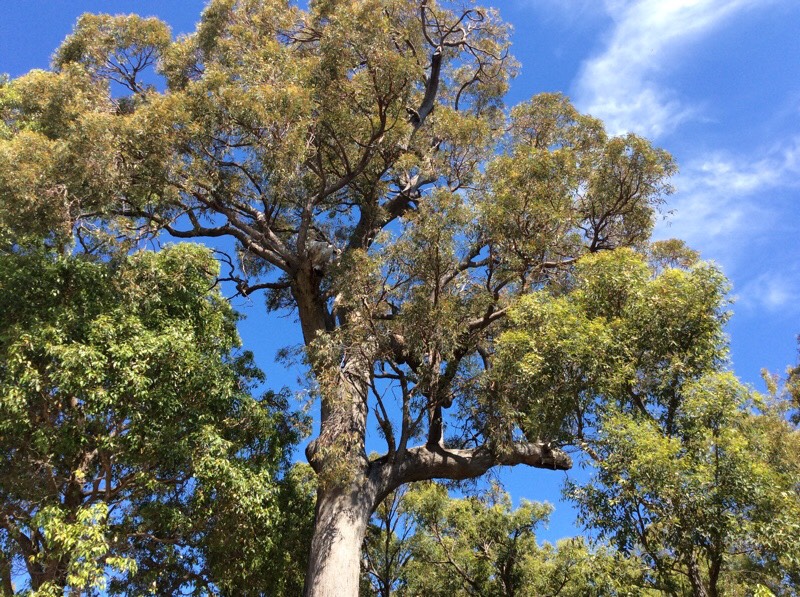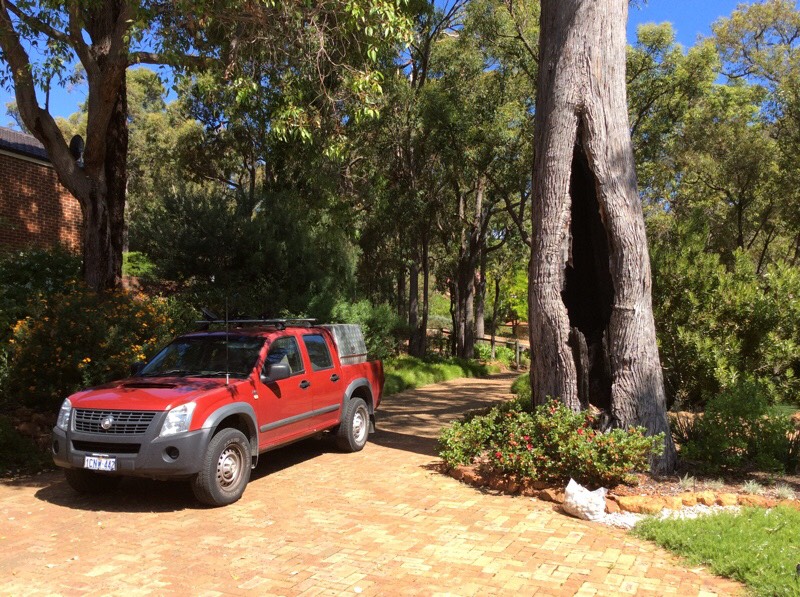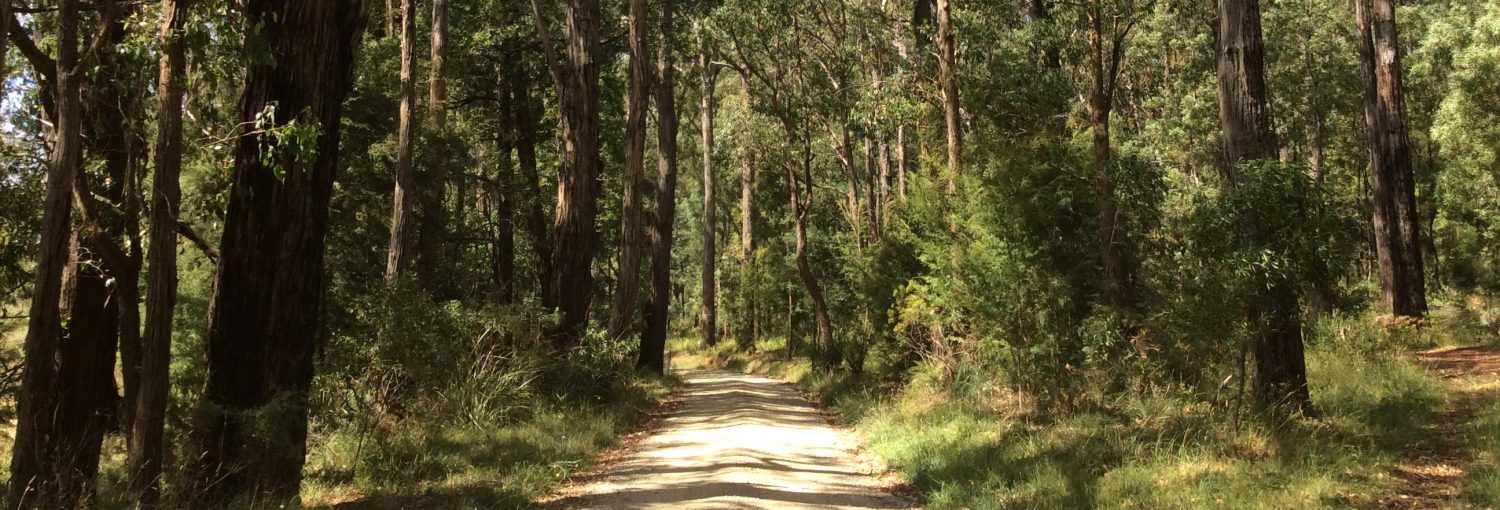“They took all the trees,
and put em in a tree museum,
Then charged the people a dollar and a half just to see em.
Don’t it always seem to go,
That you don’t know what you’ve got till its gone?
They paved paradise,
And put up a parking lot”.
Joni Mitchell 1970
It seems we humans determine the value of a thing, even a living thing, based on how much money it costs. Sometimes people cut down trees because they are not see them as having “real” value. I mean, sure they provide food, building materials, protection from heat, cold, wind and rain. They house us, they provide homes and food for birds, insects and animals but they aren’t actually worth money.
Are they?
As a matter of fact they are. Trees are worth a lot of money.
For the last few decades, arborist’s have been helping people wake up to the fact that trees represent years of accumulated work. Trees takes sunlight and convert it into sugar and oxygen whilst also storing carbon. They draw water up from underground through capillary action and increase local rainfall by transpiration. They assist in retaining soil and preventing erosion whilst also sheltering smaller nitrogen fixing plants which increase soil fertility.
If we had to do the jobs a tree does by ourselves it would cost a lot of money.
To work out just how much a tree is worth in dollars a method was devised in in Burnley Victoria in 1988.
http://www.croydonconservation.org.au/wp-content/uploads/Burnley-method-Tree-value-pdf..pdf
This method was based on the older Haliwell system but adapted to Australian conditions. In 1991 it was revised after being field tested and today is the go-to method of tree valuation for local councils, botanical gardens, businesses, homeowners and even the Australian court.
The system considers the size of the tree by volume, its usable age, form, vigor and location. So logically, a healthy, well placed tree of a given species, say Eucalyptus camaldulensis (river red gum), has a greater value than a sickly member of the same species whose roots have lifted up concrete paving and which has dropped limbs on property.
An arborist with local knowledge is required to determine these values but once you have that information, working out the value is simple math.
Have a look at this beauty I assessed in WA a few months ago.


This amazing old Jarrah has been around for over 130 years and has survived a major injury, (probably a co-dominant failure), fire, white ants and bad pruning. The large trunk cavity and the loss of a limb earlier on in the year had the owners worried and they wanted to know if work was required. After using the QTRA system to assess potential risk of hazard I applied the modified Burnley method to determine its value. It came out at a whopping $152 974!
So what is the real value of YOUR trees?
Give me a call or drop me an email and lets find out.
Cheers,
John (Doc) Holliday
